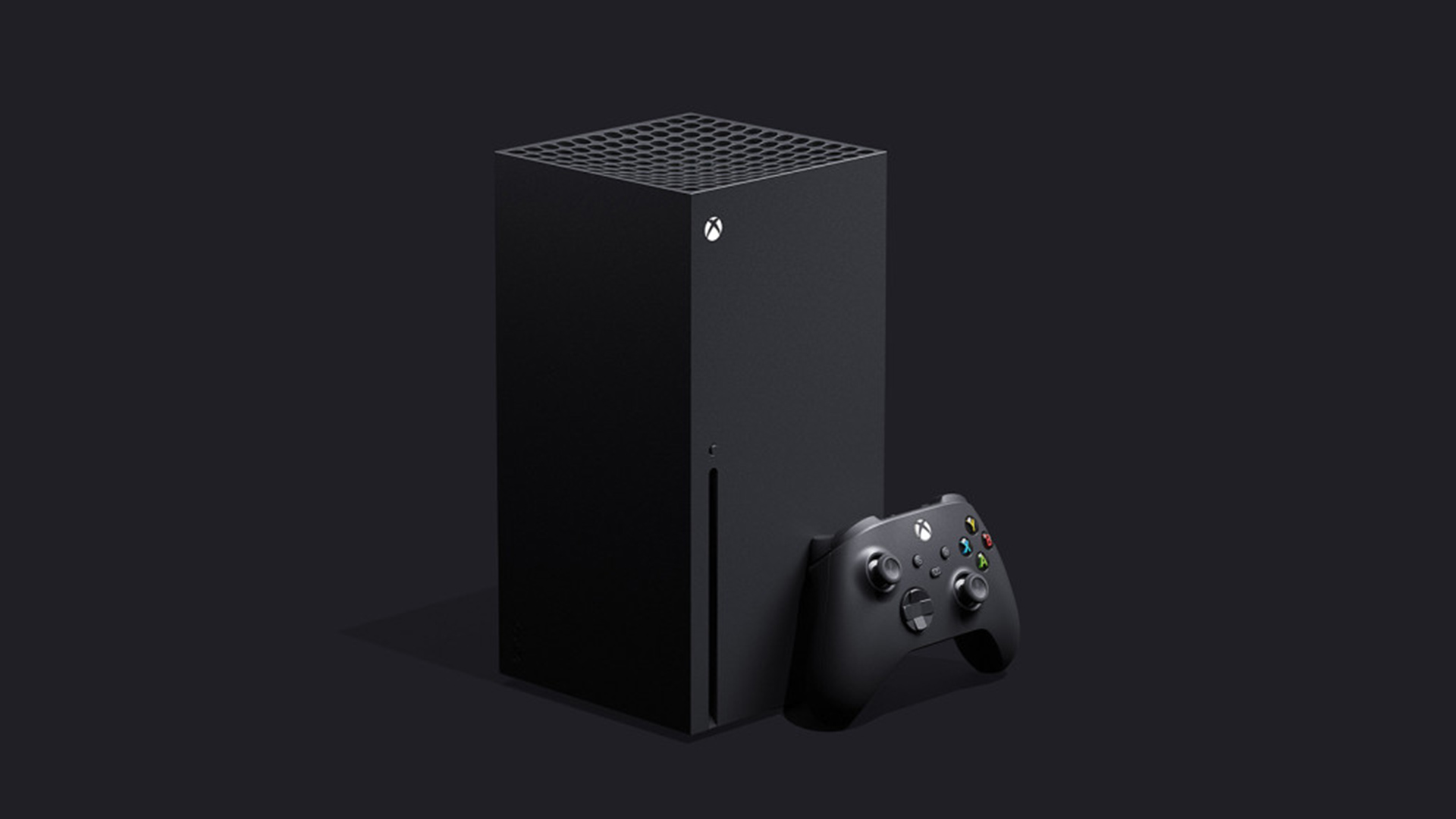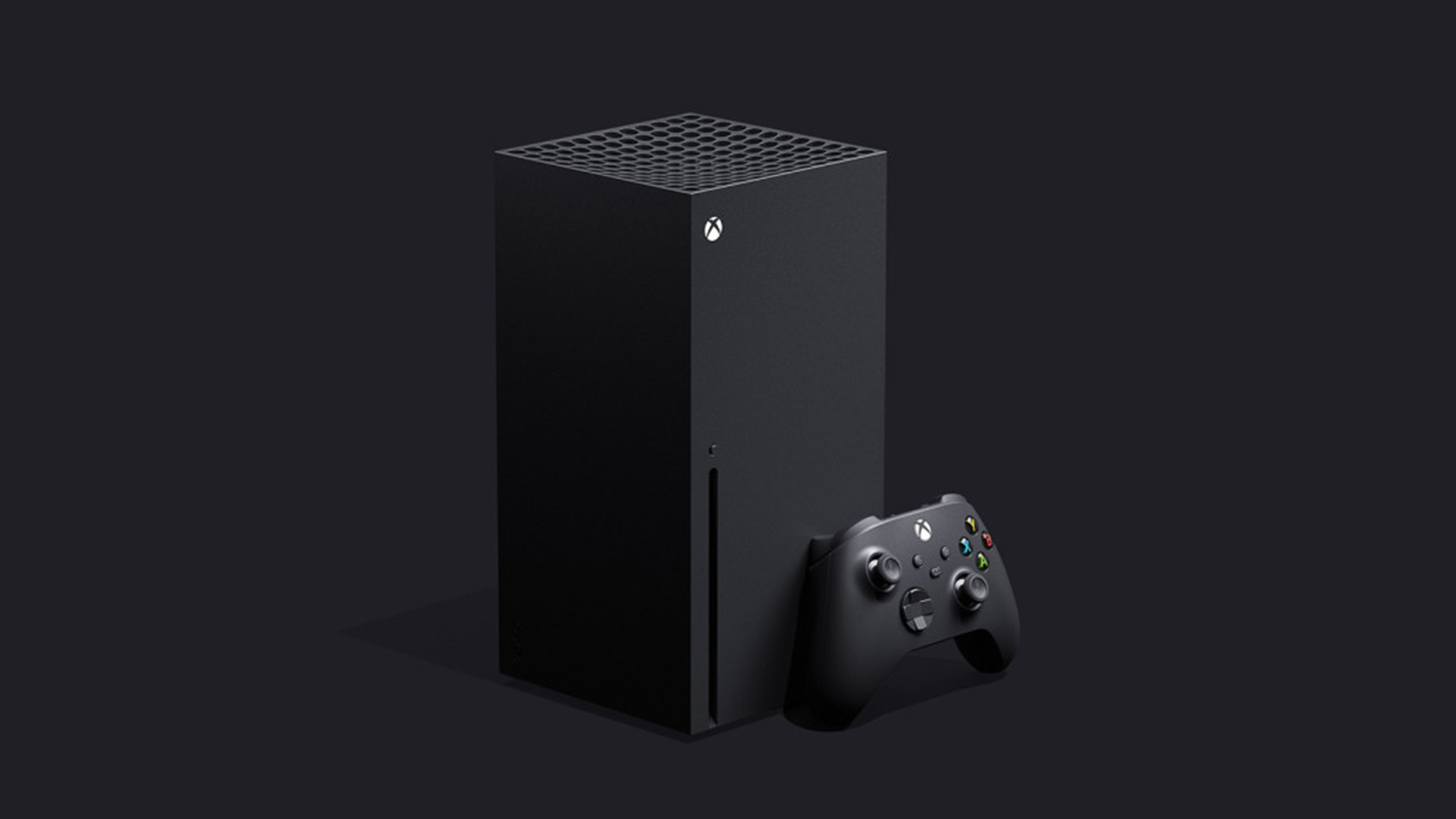

We don't normally cover gaming related products on RedShark, but the latest generation of consoles are so powerful that they are leading the charge as the ultimate all in one entertainment systems, beating the power of all but the absolute most powerful, and expensive, PCs. And yes, that includes being able to deliver 8K.
Gaming may be shifting to the cloud but Microsoft and Sony are ready to give the console one more power injection. The Xbox Series X, due late this year, promises to be its most stacked console yet - delivering four times the processing power of an Xbox One. Sony meanwhile is lining up a controller for the PS5, also due before Christmas, which monitors player heart rates and sweat levels to adjust gameplay.
Take that Google Stadia.
Xbox Series X packs AMD’s latest Zen 2 and RDNA 2 chipsets enabling developers to work with 12 TFLOPS of GPU performance – twice that of an Xbox One X and more than eight times the original Xbox One.
We are led to expect that this will deliver “a true generational leap in processing and graphics power” with cutting edge techniques resulting in 4K framerates up to 120 fps (8K at lower frame rates) for heightened realism or fast-paced action; larger, more sophisticated game worlds, and an immersive experience “unlike anything seen in console gaming.”
Raw power is just part of the story. Rather than spending GPU cycles uniformly to every single pixel on the screen, developers can use what’s called a Variable Rate Shading technique to prioritise individual effects on specific game characters or important environmental objects.
We can expect more dynamic and realistic environments powered by hardware-accelerated DirectX Raytracing – a first for console gaming. This, vows Microsoft, means “true-to-life lighting, accurate reflections and realistic acoustics in real time” as gamers explore the game world.
Latency from controller to console to display will be reduced using, among other tricks, a Dynamic Latency Input feature which synchronises input immediately with what is displayed making controls even more precise and responsive.
Playstation 5
The PlayStation 5 also uses AMD Zen 2 and RDNA technologies, perhaps with an even higher operating speed of 12.6 teraflops, although more intriguing are the extras Sony appears to have up its sleeve.
Among patents filed by Sony is a Dualshock controller featuring sensors on the handles for monitoring ‘biofeedback’ such as pulse allowing game developers to alter the game content depending on the emotional state of the player.
Another patent filed in 2018 and unearthed by 91 Mobiles points to an input system that “detects movement of a user’s hand” alongside a “a plurality of sensor units that detect the fingers of the user.”
As noted by Games Radar this doesn't sound too dissimilar from the kind of virtual reality accessories used by PC VR headsets like the Valve Index, in which users have more accurate control of each finger operated in the game space via a number of pressure sensitive triggers.
All of this is a holding pattern before gaming moves entirely to the cloud. Indeed, Microsoft and Sony have shelved decades old rivalries to team up to develop future cloud game solutions, even while both pursue their own cloud platforms (Playstation Now and xCloud which is due to launch later this year). For example, Sony could stream its service over Microsoft Azure data centres.
Sony and Microsoft also said they will collaborate on semiconductors and artificial intelligence. This means Sony’s image sensors could be combined with Azure AI technology, or Microsoft’s AI platform and tools could find their way into future Sony consumer products.
Google Stadia’s launch last November was successful enough for Alphabet to move to phase two and announce plans to bring out 120 new games, a 4K HDR and 5.1 service (on Chromecast Ultra), support for more Android phones (it’s currently only available on Google Pixels) and wireless gameplay on the web through the Stadia controller (you currently have to plug in a cable).
Tags: Technology


Comments